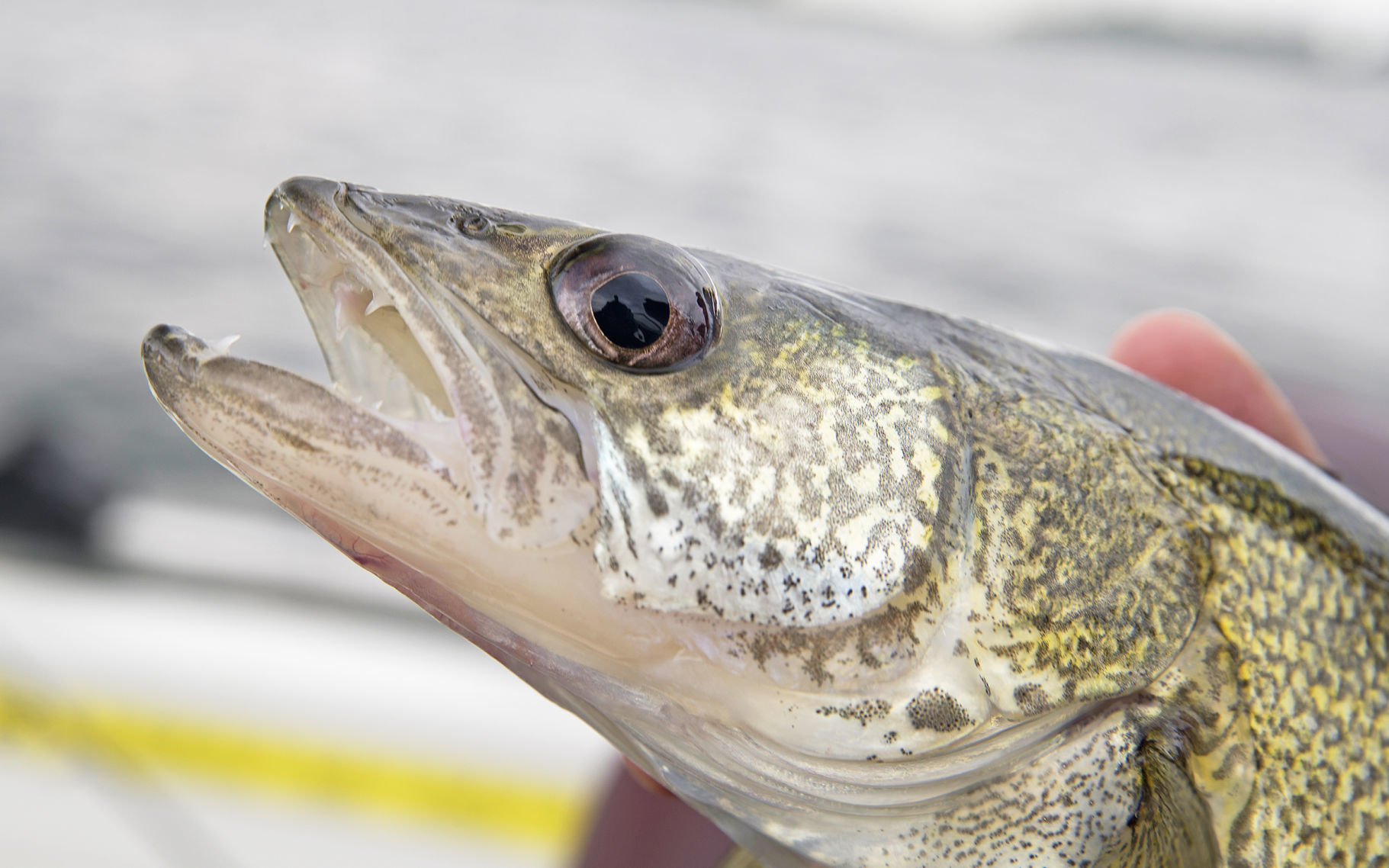
First, venting relies on some level of skill and if done incorrectly could result in mortality. The results support all three methods for handling snapper that incur barotrauma, but there are some important considerations. At the end of the experiment, all snapper were in good condition. Despite these symptoms and behaviours, there were no deaths to any of the fish during the monitoring period. One of the assisted release fish returned to the surface after 20 seconds and then spent half an hour upside down before swimming away. The vented fish rapidly swam away, while most of those that were left untreated, struggled near the surface, but were able to swim down. There was no barotrauma among the controls, but all of the fish that were hauled from 20 m had some external symptoms, including redness around their anuses and/or their stomachs protruding into their mouths. Other fish were deployed and retrieved in the 110-l cages, but only at 5 m, before being released into the deep cages as ‘controls’. Individual fish were then handled according to one of the three methods described above and released into 20-m deep cages. The fish were individually placed into 110-l cages at 20 m for 24 hours and then rapidly hauled to the surface (at similar rates to those angled above) with a motorised winch. The same types of barotrauma symptoms were then induced among snapper and their fate assessed during an experiment in Port Jackson, NSW. Such symptoms varied considerably in their severity, but their range was similar among individuals angled from all depths. The data showed that, regardless of their size, barotruama started to occur in nearly all fish angled from deeper than 11 m, and typically included a swollen or ruptured swim bladder, the stomach protruding into the mouth, or redness around the anus. We therefore collected this information using more than 300 fish angled from 6 to 128 m off Coffs Harbour between June 2009 and January 2010. We aimed to answer this question for snapper, as part of an I&I NSW project (using funds from recreational fishing licenses) to improve the post-release survival of key species in NSW.Īlthough snapper are known to incur barotrauma, no scientific information is available on the frequency or extent, which is a necessary prerequisite to assessing the utility of the approaches listed above.

All three techniques are widely used throughout Australia, but very little is known about their relative effectiveness.

All of these symptoms are of concern, because they can cause death.Ĭurrently, there are three general options for treating fish with barotrauma, including (1) doing nothing and simply releasing them at the surface (2) deflating their swim bladder with a needle (termed ‘venting’), or (3) using a weight or cage to return them to their approximate capture depth (termed ‘assisted release’). Other injuries include the stomach being forced out of the mouth, or the intestines from the anus and gas bubbles in various organs. The most common symptom is an inflated swim bladder which can prevent a released fish from swimming back to its preferred death. When some fish are angled from water typically deeper than 10 m, they can suffer a range of injuries due to the changes in pressure, which are collectively termed ‘barotrauma’. Butcher P, Broadhurst M, Hall K and Brand C (2010) Barotrauma in snapper.


 0 kommentar(er)
0 kommentar(er)
